Now open for entries, the 8th Annual A+Awards is celebrating the Future of Architecture, giving global recognition to forward-thinking designers forging new solutions for our evolving world. As part of the program, the “Future of Architecture” editorial series will highlight the growing trends that will help shape the built environment in the new decade. Enter the A+Awards now to be considered for upcoming coverage.
Architizer’s A+Awards, the world’s largest awards program for architecture and building products, has a special theme this year — “The Future of Architecture” is aimed at unearthing the most forward-thinking projects around the globe, with a particular focus on architecture that responds to the most urgent issues of our time. The A+Awards is open for entries now, with a Final Entry Deadline of March 27th 2020, so be sure your firm submits its best projects before then to secure the lowest possible entry fee.
The future of architecture is not worth considering without also considering the future of the construction industry as a whole. With a few exceptions, construction suffers from inefficiencies that detrimental not only to clients’ time and money, but the well-being of the environment. Material waste, high labor costs, long construction times and onerous levels of maintenance are just a few of the many consequences of today’s outdated building practices. It’s no wonder,then, many are arguing for modular construction to overhaul the industry.
If carried out successfully, modular construction has the potential to revolutionize the building process, with factory-controlled quality, reduced construction schedules and a smarter use of materials make it considerably more sustainable than conventional techniques. The following A+Award-winning projects were composed using this increasingly popular construction method, proving that the functionality of modular construction does not have to mean compromising on design:
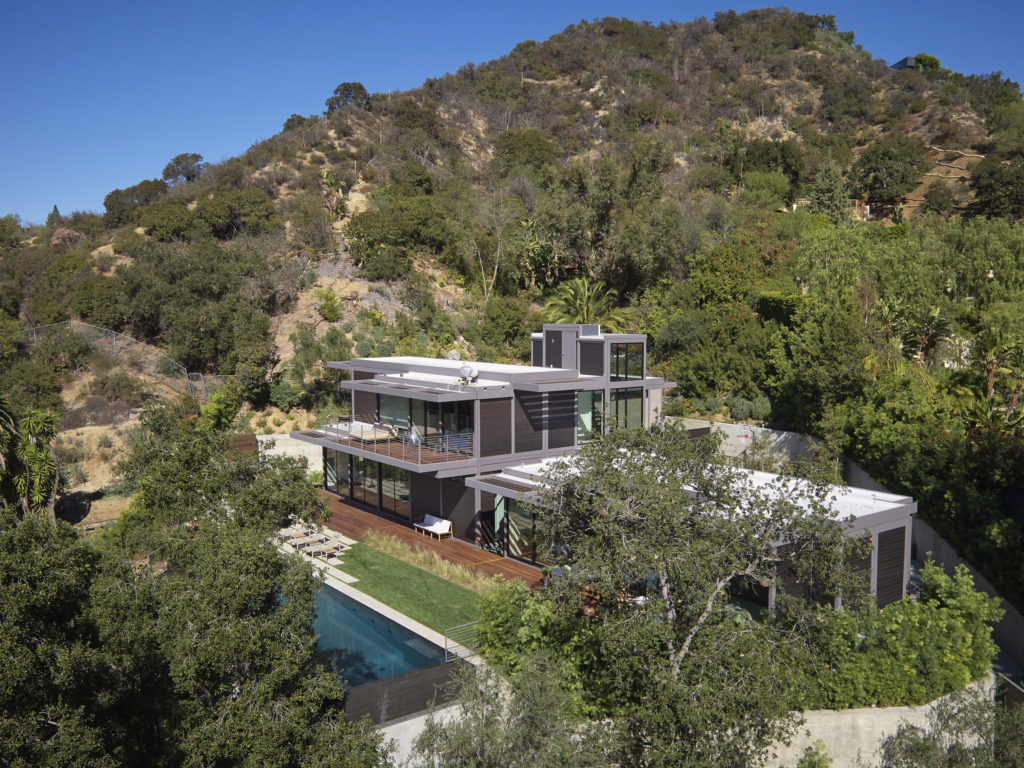
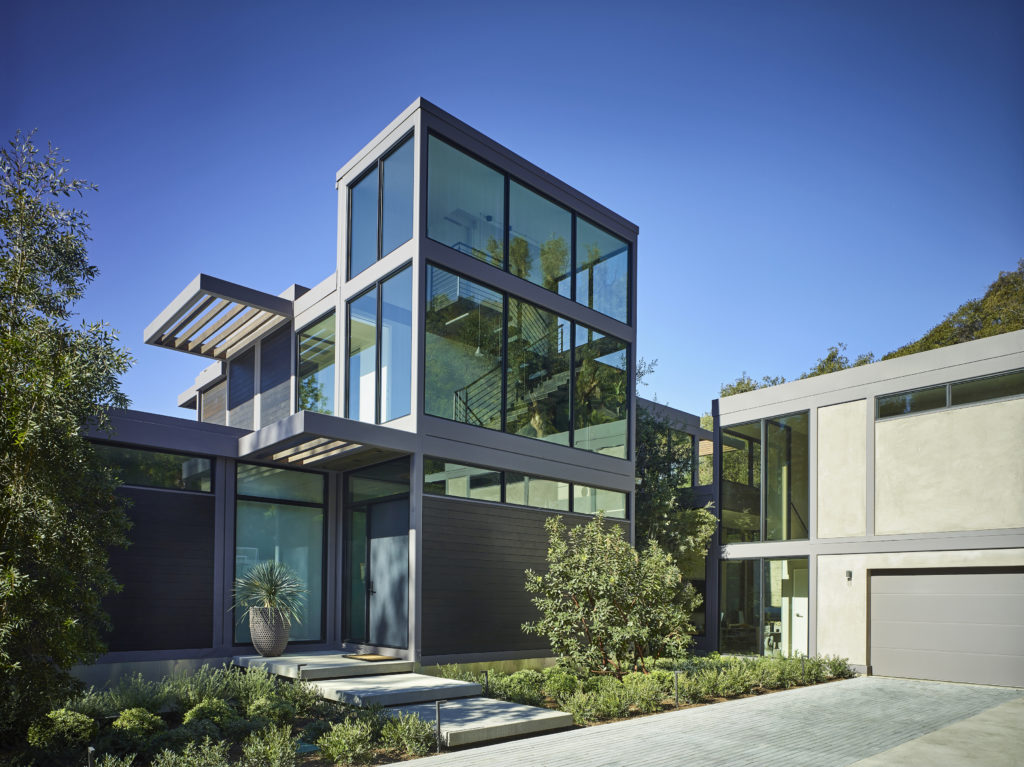
Cherokee Residence by Reddymade and LivingHomes | Plant Prefab
A Jury and Popular Vote winner in the 2018 A+Awards, the Cherokee Residence is comprised of six modules on two levels that form the primary living spaces, custom built stair volume, garage, and guest annex. Inspired by midcentury modernism, the design blurs the boundary between exterior and interior spaces while maintaining a strong sense of privacy.
Utilizing prefabricated construction methods for the majority of the home minimized neighborhood disruption and reduced the time and cost of overall site construction. Off-site and on-site construction of the home occurred simultaneously, allowing the project to be delivered and assembled on site in a single day.
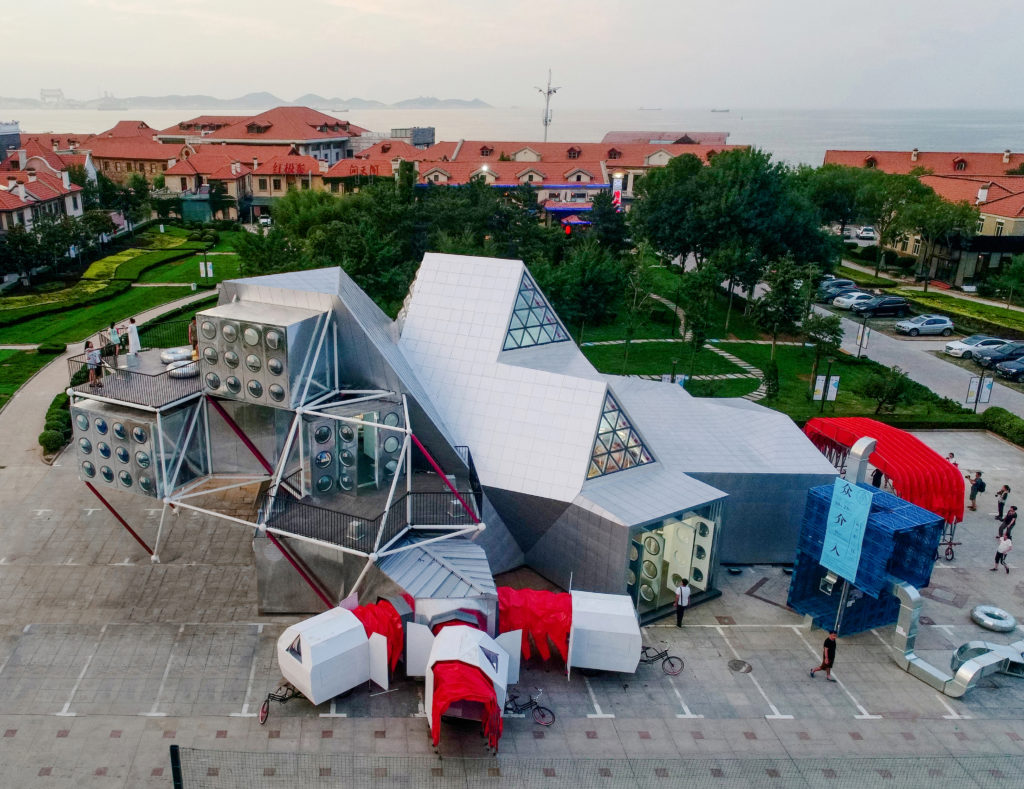

People’s Station by People’s Architecture Office
A finalist in the Architecture +Prefab category in the 2018 A+Awards, the People’s Station is a cultural center designed to reinvigorate the Kwan-Yen district in Yantai, China. Sitting just beyond the edge of the business district, the building features large open entryways, semi-outdoor areas, and sections lifted above the ground. It acts as a nexus that invites visitors to explore the historic core of the city.
With the use of a proprietary, prefabricated system, the People’s Station was conceived and built in three months. A large exhibition space, lounge, bookstore and a cinema comprise the interior of the building. The ground floor features portable appendages that, when attached, increase the building’s footprint in an accordion-like manner, extending its range of uses.
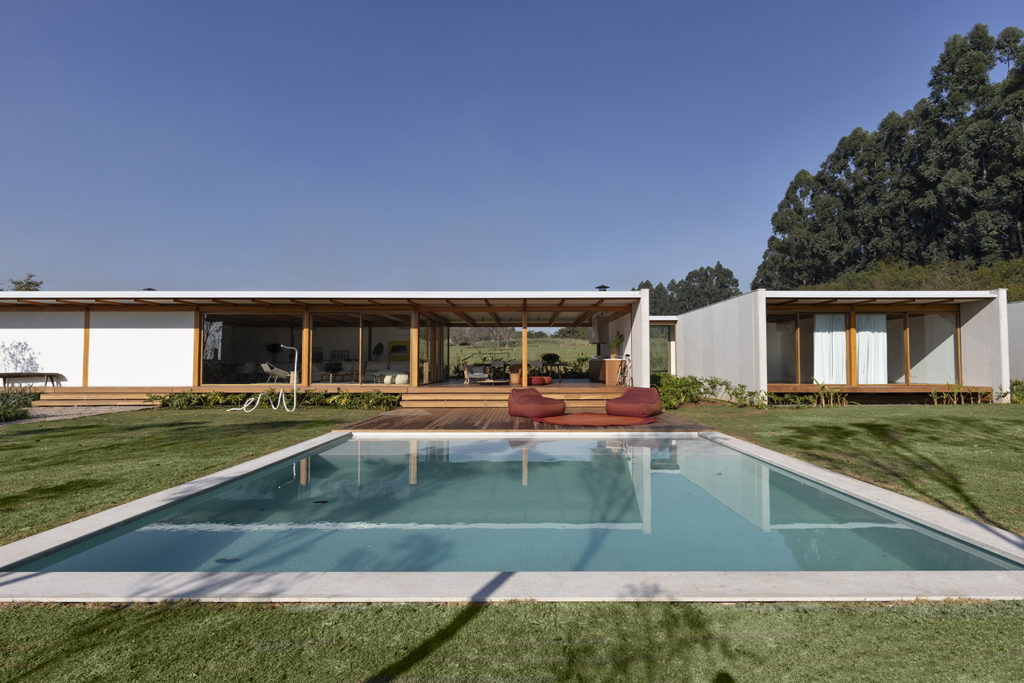
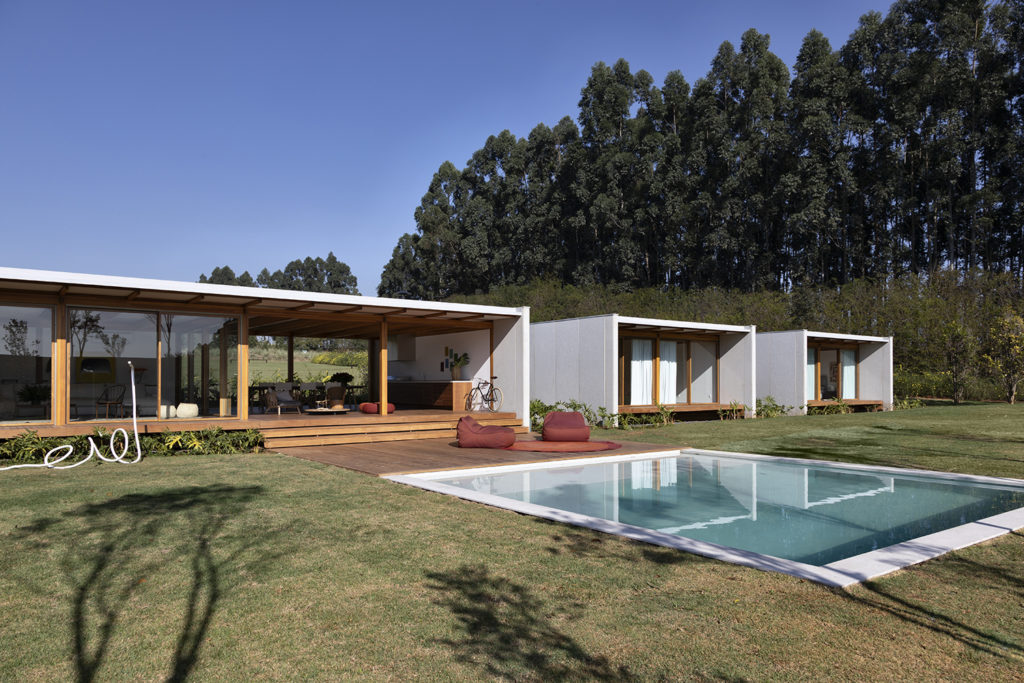
Pipa House by Bernardes Arquitetura
Pipa House was developed as a product that could be replicated and sold in modules to other clients. It was a Popular Vote winner in the 2019 A+Awards. The house was designed for building efficiency through an industrialized system that allowed its rapid execution and very low waste production. Its structural system in glued, laminated eucalyptus wood makes the house adaptable to different sites.
The house has individualized heating systems, air conditioning, and electrical installations divided in modules, which simplifies its maintenance and operation. The external walls in prefabricated concrete panels guarantee good thermal response and zero maintenance.
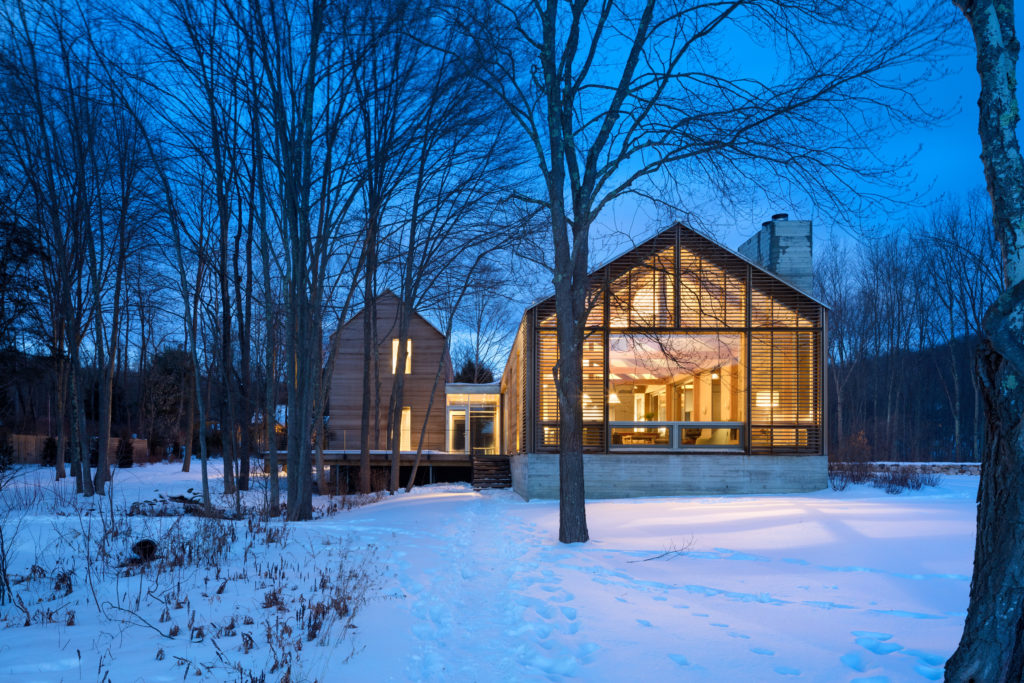
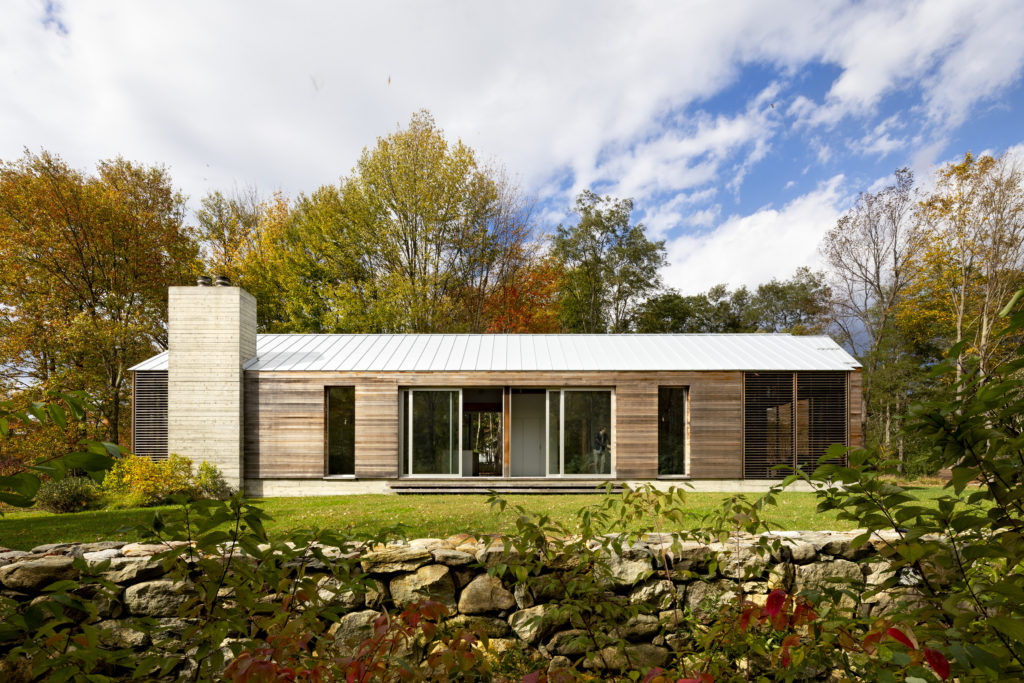
Clinton Corners by Lake|Flato Architects
Nestled discreetly on a sylvan lot in the Hudson Valley, Clinton Corners was envisioned as both a family retreat for weekends away from the city and a gathering space for special occasions. It was a Jury Vote winner in the 2019 A+Awards. The simple building shapes leverage prefabricated panelized construction to streamline design and integrate fast track construction.
Fabricated in a nearby facility, the exposed heavy timber frame and super insulated wall panels were delivered to the site and assembled in less than three weeks. The precision of the prefabricated components also provided a high performance building envelope resulting in greater energy performance and precise control over indoor air quality.

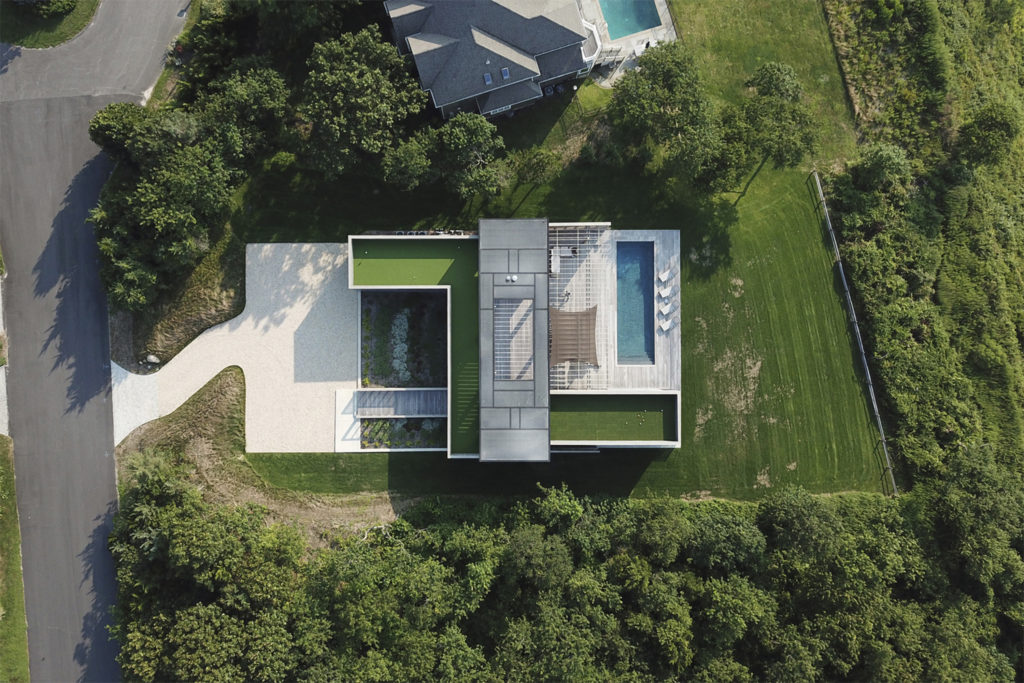
North Fork Bluff House by Resolution: 4 Architecture
The North Fork Buff House is a modular, prefab home designed as a multi-generational retreat for a large family. The home is compressed of four modular units that were fabricated in Scranton, Pennsylvania. Two of the modules contain four equitably sized bedrooms, each with their own bathroom.
The other two modules are combined together to form the home’s entry and an open kitchen, dining, and living space with a media room at one end and a music room on the opposite end. The modules are built above a basement that houses a playroom and two bunk rooms.


citizenM Bowery by Stephen B. Jacobs Group and concrete
Originally designed as a conventional poured-in-place concrete building, the client, citizenM, decided to have the hotel redesigned using modular construction. The 19-story, 100,000-square-foot hotel is the tallest modular hotel in the world.
Due to the change in the building’s structural system, the double height mechanical room, originally located on the 18th floor, was moved to the 3rd floor. Furthermore, the hotel consists of 210 guest room modules, the majority of which are doubles for a total of 300 rooms.
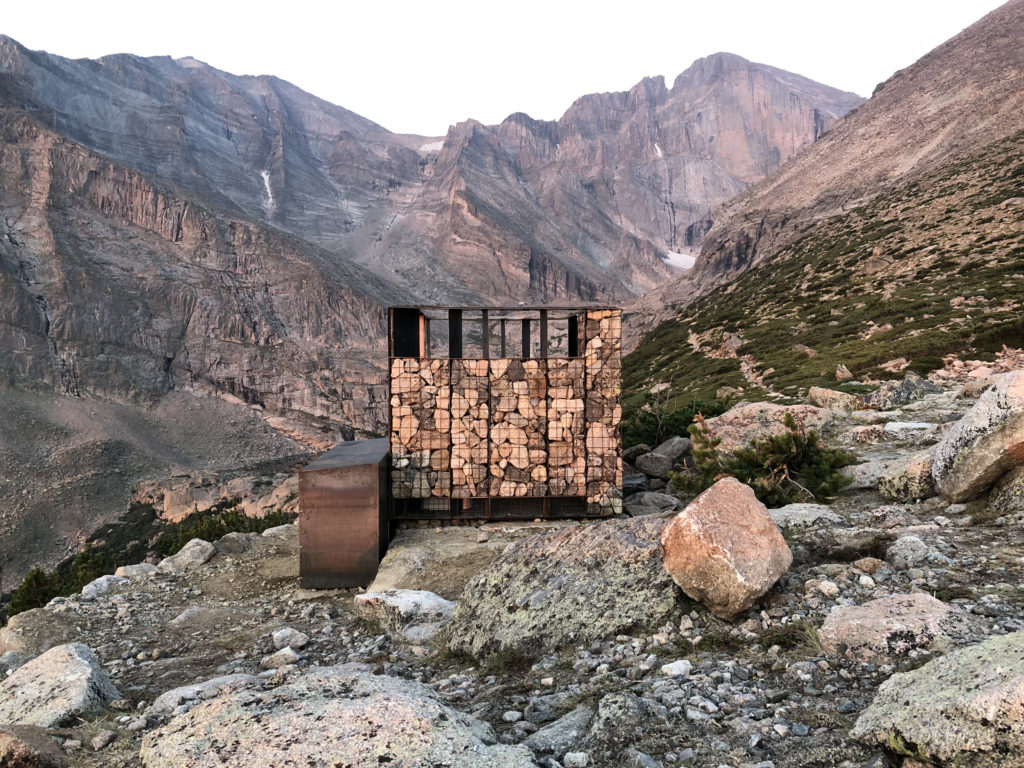
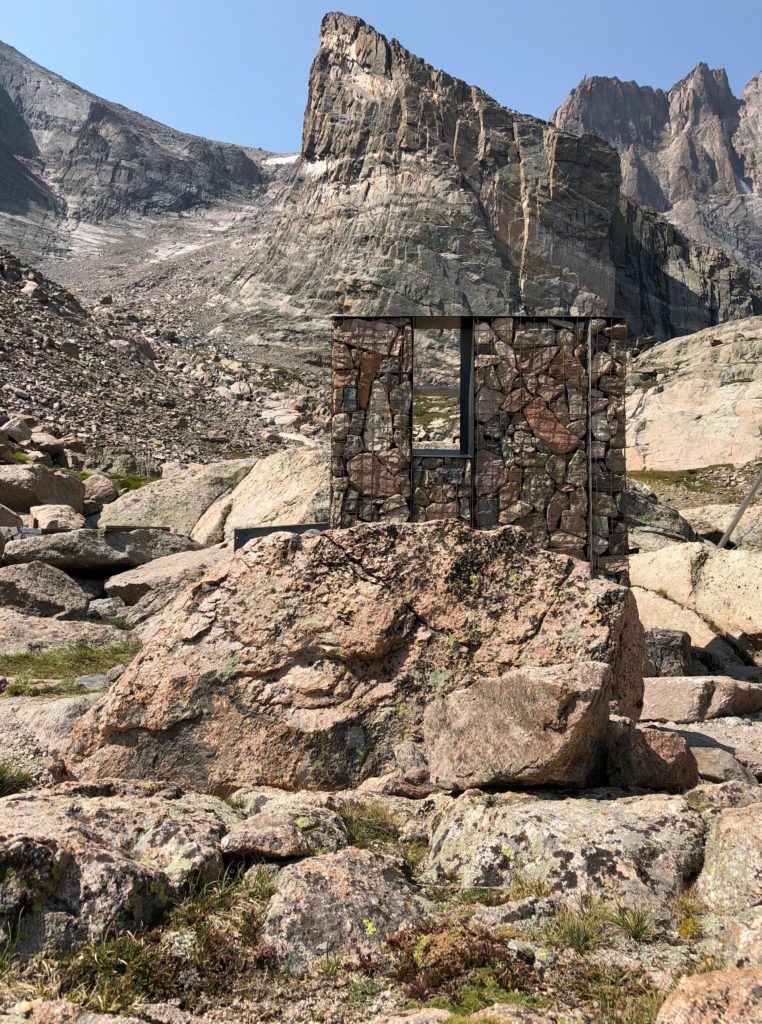
Longs Peak Privies by Colorado Building Workshop / University of Colorado Denver
One of the eight incredible green architectural projects that received an A+ Award last year, Longs Peak Privies uses lightweight prefabricated construction and emerging methods of waste collection to minimize the human footprint in Colorado’s environment.
The final design solution is a series of prefabricated, structural gabion walls. Stones collected on site are used as ballast. This assemblage method allows for rapid on-site construction and an architecture that disappears into the surrounding landscape.
We can’t wait to see which projects you enter for consideration by our expert jury. Submit your works for the 8th Annual A+Awards before March 27th to secure your Early Entry Discount. Good luck from the whole team at Architizer!
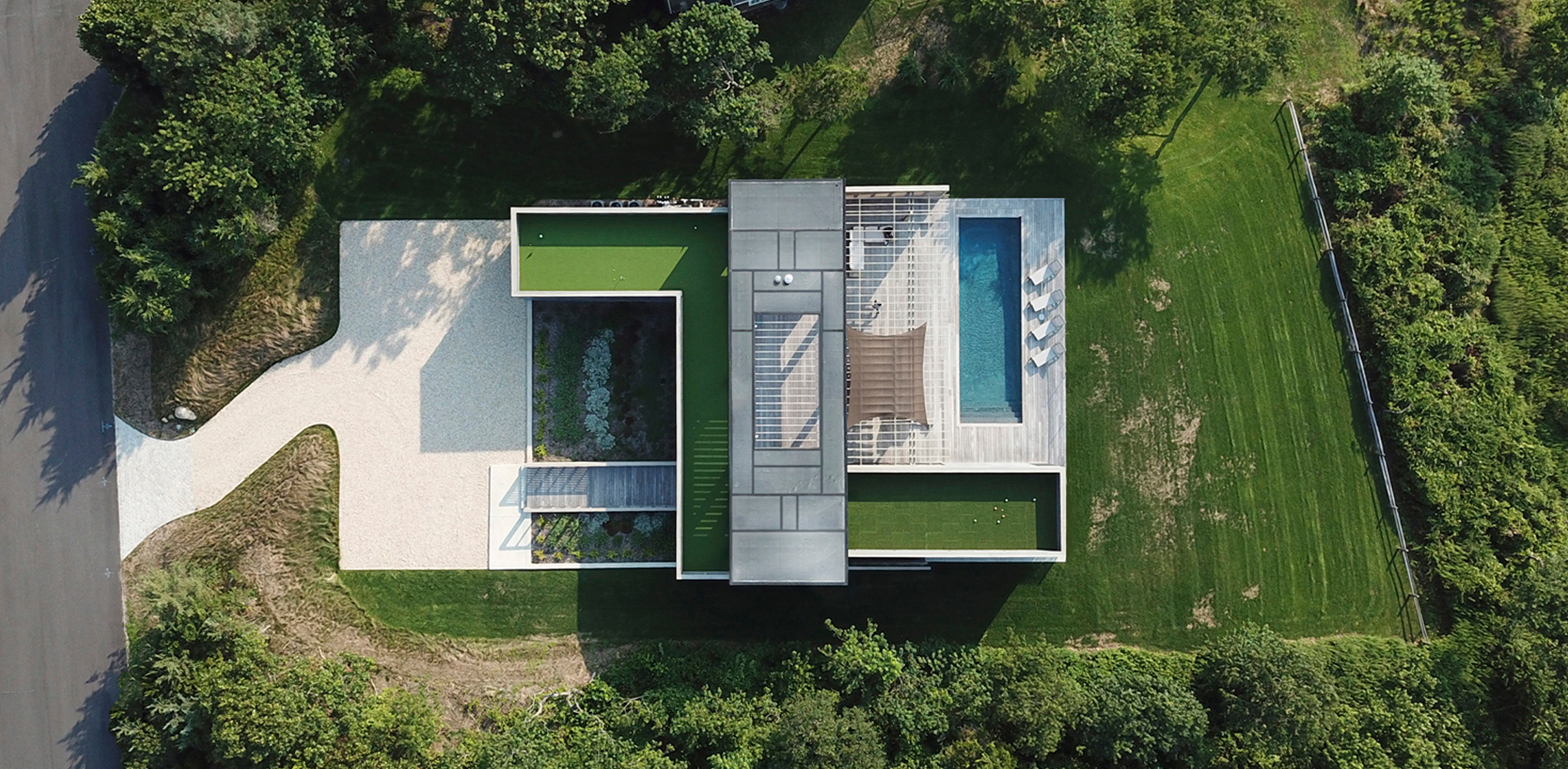





 citizenM Bowery
citizenM Bowery  North Fork Bluff House
North Fork Bluff House  People's Station
People's Station 


